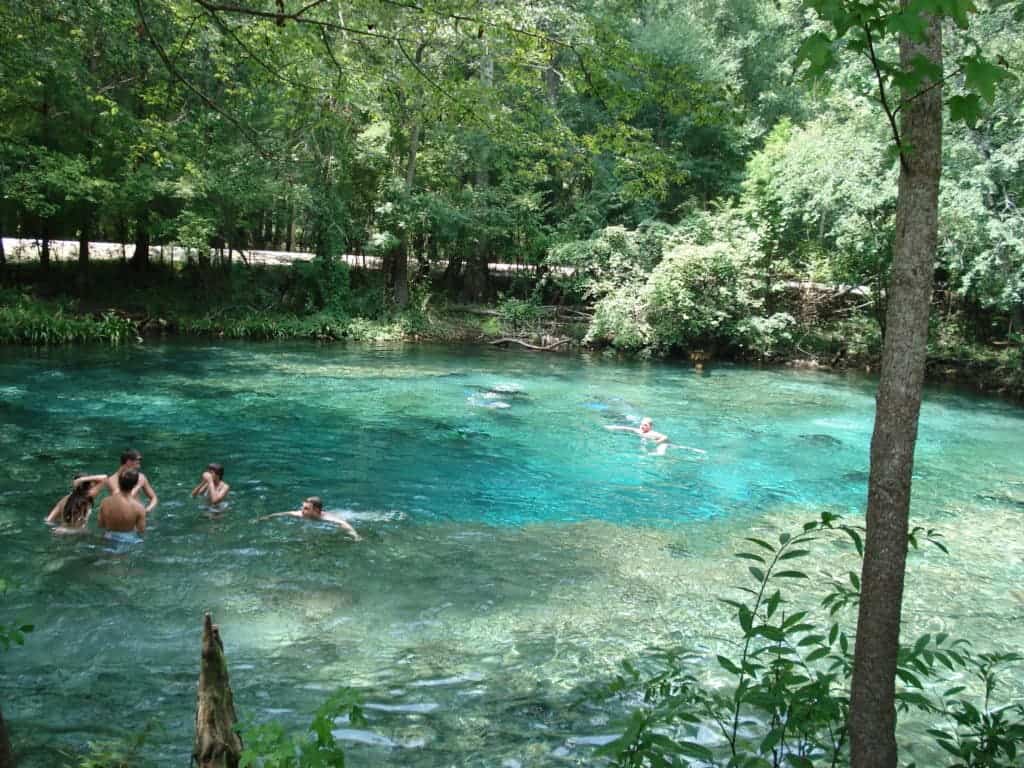Conservationists and local communities have vehemently spoken against Nestlé’s new plan. If approved by authorities, the plan would have the corporation take 1.1 million gallons per day from Ginnie Springs, Florida.

Ginnie Springs is located on the south side of the Santa Fe River, to which it is a tributary. The water is clear and cold, forming accessible caverns in the surrounding limestone. It’s a popular destination for campers, scuba divers, or just people who want to enjoy its crystalline waters.
Its picturesque charm, however, might be under threat, if a plan by the food and beverage giant Nestlé wins approval. The company already produces its popular Zephyrhills and Pure Life brands with water extracted from other natural springs in Florida, and it has already spent millions of dollars similar natural springs in Florida, has spent millions of dollars buying and upgrading a nearby water bottling plant in expectation of permission being granted.
The river is already officially “in recovery” after years of earlier overpumping, and critics say the health and vitality of the river will be severely affected, with long-lasting consequences.
“The Santa Fe River is already in decline [and] there’s not enough water coming out of the aquifer itself to recharge these lovely, amazing springs that are iconic and culturally valued and important for natural systems and habitats,” says Merrillee Malwitz-Jipson, a director of the not-for-profit Our Santa Fe River. The river is home to numerous species, including a remarkable 11 turtle species.
“It’s impossible to withdraw millions of gallons of water and not have an impact. If you take any amount of water out of a glass you will always have less.”
Meanwhile, Nestlé insists that spring water is renewable and the water extraction is sustainable. However, the company itself admits that current plans would draw 4 times more water than previous extractions — which was the reason why the river is in recovery in the first place.
Nestlé is no stranger to controversy when it comes to water extraction. In 2016, the company outbid a small Canadian community for its water supply, and one year earlier, the company came under scrutiny after an investigative paper revealed that Nestlé pays $524 to Extract 27,000,000 gallons of drinking water. The state water resources control board of California also issued a report of investigation concluding that the company appeared to be diverting water “without a valid basis of right” from Strawberry Canyon in the San Bernardino, which it used in its brands of bottled water.
Nevertheless, the company’s Adam Gaber said that Nestlé’s water use “will always remain strictly within the limit set by the permit”, and that the company “adheres to all relevant regulatory and state standards”.
It remains to be seen how this issue will be resolved.









